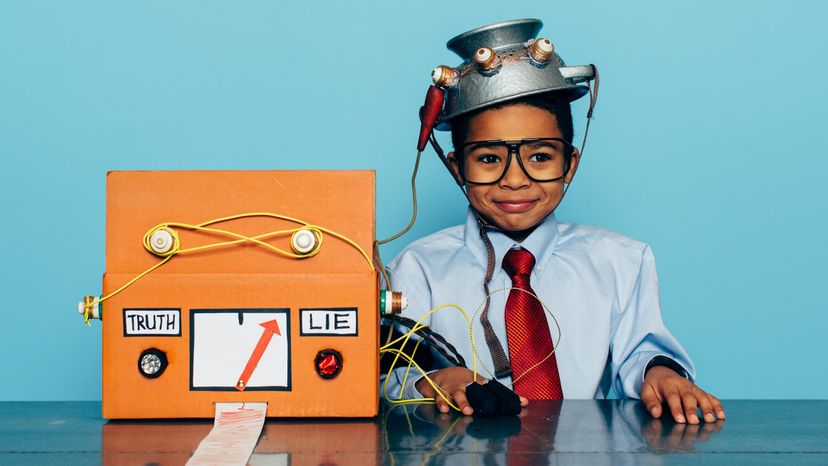Unmasking Deceit: The Truth Behind Lie Detector Tests
Unmasking Deceit: The Truth Behind Lie Detector Tests
Blog Article
In a world where trust and authenticity are prized qualities, the use of lie detector tests has become a common tool in uncovering deceit and revealing the truth. These tests, also known as polygraphs, have long captured the public's fascination and skepticism. Law enforcement agencies, employers, and individuals alike turn to these tools in search of answers and closure. The inherent promise of a polygraph test is compelling: the ability to detect lies through physiological responses, providing a glimpse into the workings of the human mind when faced with deception. Let us delve deeper into the intricate world of lie detector tests and unveil the mechanisms behind their purported accuracy and limitations.
History of Lie Detector Tests
Lie detector tests, also known as polygraph tests, have a history dating back to the early 20th century when they were first developed by John Augustus Larson, a medical student at the time. Larson's creation was aimed at detecting deception by measuring physiological responses such as heart rate, blood pressure, and respiration.
Over the years, lie detector tests gained popularity in various fields, including law enforcement and government agencies. They were initially used as a tool to aid in interrogation processes and investigate criminal cases. The belief was that the physiological responses captured by the polygraph could indicate signs of deception.
Despite their widespread use, lie detector tests have faced criticism and scrutiny regarding their accuracy and reliability. Many experts argue that the results can be influenced by various factors, such as an individual's emotional state or the skills of the examiner. These concerns have led to ongoing debates about the validity of using polygraph tests as a definitive measure of truth.
How Lie Detector Tests Work
Lie detector tests, also known as polygraph examinations, operate on the principle of measuring physiological responses to detect deception. These tests typically involve monitoring indicators such as heart rate, blood pressure, respiration, and skin conductivity. The idea is that when someone is being deceptive, their body will exhibit signs of stress or nervousness, which can be picked up by the polygraph machine.
During a lie detector test, the examinee is asked a series of questions while connected to the polygraph machine. The test administrator then analyzes the physiological responses recorded by the machine to determine the likelihood of deception. It is believed that changes in these responses, such as increased heart rate or sweating, may indicate when someone is lying.
Critics of lie detector tests argue that these physiological reactions can be triggered by factors other than lying, such as anxiety or fear of being falsely accused. Despite their widespread use in certain settings like law enforcement and employment screening, the accuracy and reliability of polygraph examinations remain a subject of debate among experts in the field.
Validity and Controversies
When it comes to the validity of lie detector tests, opinions are divided. Some experts argue that polygraph tests can be reliable indicators of deception, citing physiological responses such as changes in heart rate, blood pressure, and perspiration as evidence. However, there is significant skepticism within the scientific community regarding the accuracy of these tests, with concerns about false positives and false negatives undermining their credibility.
One of the main controversies surrounding lie detector tests is their susceptibility to manipulation. Critics argue that individuals can learn how to beat the test by employing various countermeasures, such as controlled breathing or biting their tongue to artificially raise physiological responses. This raises questions about the reliability of the results and whether they can truly be considered a foolproof method of detecting deception.
Lie detector test
Furthermore, the use of polygraph tests in legal settings is a topic of ongoing debate. While some jurisdictions allow polygraph results to be used as evidence in court, others strictly prohibit their admissibility due to concerns about their reliability and the potential for bias. This discrepancy in legal acceptance further contributes to the controversy surrounding lie detector tests and calls into question their effectiveness as a tool for uncovering the truth.
Report this page
